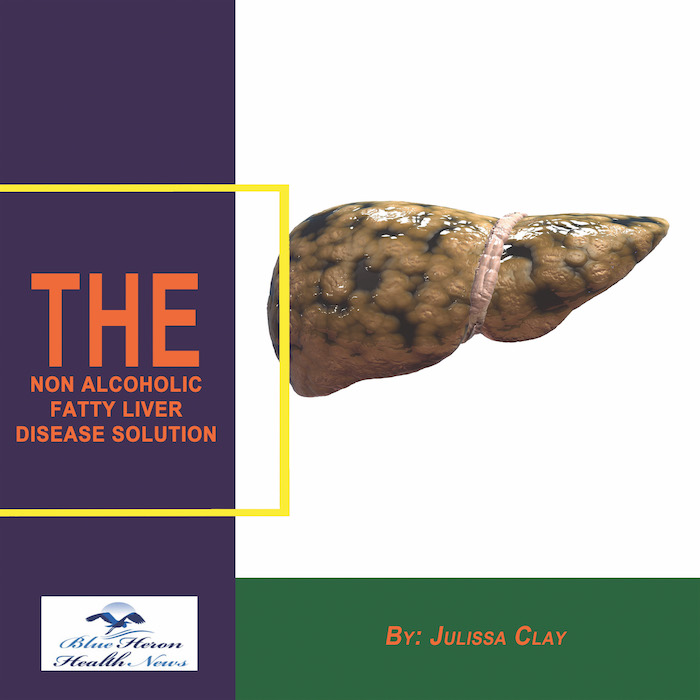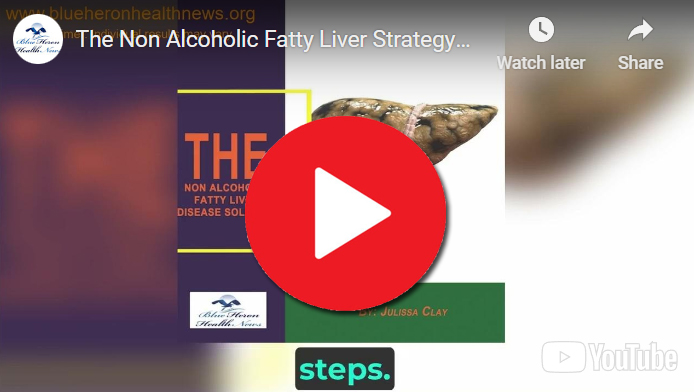
The Non Alcoholic Fatty Liver Strategy™ By Julissa Clay the program discussed in the eBook, Non Alcoholic Fatty Liver Strategy, has been designed to improve the health of your liver just by eliminating the factors and reversing the effects caused by your fatty liver. It has been made an easy-to-follow program by breaking it up into lists of recipes and stepwise instructions. Everyone can use this clinically proven program without any risk. You can claim your money back within 60 days if its results are not appealing to you.
What is the role of MRI in fatty liver disease diagnosis?
Magnetic Resonance Imaging (MRI) is increasingly important in the diagnosis and follow-up of fatty liver disease, particularly where accuracy and non-invasiveness are of premium importance.
The role is explained below:
???? Why Use MRI for Fatty Liver Disease?
MRI is a very accurate and non-invasive method for detecting and quantifying liver fat. It is especially useful for evaluating NAFLD (non-alcoholic fatty liver disease) and NASH (non-alcoholic steatohepatitis).
???? Most Crucial MRI Techniques for Fatty Liver Evaluation
1. MRI-PDFF (Proton Density Fat Fraction)
Gold standard for measurement of liver fat content.
Quantitatively provides a percentage of liver fat.
Extremely sensitive and reproducible, even in mild or early disease.
More accurate than ultrasound or CT in measuring subtle fat content changes.
✅ To monitor response to therapy or lifestyle interventions over time.
2. Magnetic Resonance Elastography (MRE)
Measures liver stiffness, which reflects fibrosis (scarring).
More accurate than FibroScan for detection of advanced fibrosis or cirrhosis.
Usually reserved when precise staging of liver disease is necessary, such as in research or in complex cases.
3. Standard MRI with In/Out-Phase Imaging
Qualitatively assesses the presence of fat.
Less sensitive than MRI-PDFF but still helpful when more advanced techniques are unavailable.
???? MRI benefits in Fatty Liver Disease
Non-invasive and radiation-free
More accurate than ultrasound or CT for quantifying fat
Effective in all body sizes, including in obese patients
Can assess both steatosis and fibrosis with a single exam (if MRE is included)
⚠️ Disadvantages
Cost: MRI is more expensive than ultrasound or FibroScan
Availability: May not always be available in smaller hospitals or clinics
Time: MRI takes longer to perform and requires the patient to be still
Not suitable for individuals with certain metal implants or severe claustrophobia
???? When Is MRI Indicated?
When liver biopsy is not feasible or safe
When precise fat quantification is needed (e.g., for clinical trials or to monitor therapy)
In obese patients when ultrasound is less reliable
When other imaging studies are indeterminate
To assess both fat and fibrosis on the same visit (via MRI + MRE)
If you’d like, I can compare MRI vs. FibroScan or ultrasound for liver disease screening, or interpret MRI-PDFF values.
Physicians assess the severity of fatty liver disease by determining the amount of fat in the liver, whether there is inflammation or damage to liver cells (nonalcoholic steatohepatitis or NASH), and the degree of fibrosis (scarring) or cirrhosis. This helps them stage the disease and determine treatment. The following is what they do:
???? 1. Blood Tests (Initial Screening)
Blood tests assess the liver’s health and search for indications of inflammation or damage:
Test What It Shows
ALT & AST Liver enzymes; elevated levels signal inflammation or damage
GGT & ALP May indicate bile duct disease or liver stress
Platelet count May be reduced in advanced liver disease
Albumin & Bilirubin Help assess liver function
FIB-4 index, NAFLD fibrosis score Blood-based score systems for predicting risk of fibrosis
➡️ These tests rule out other conditions and assess the risk of advanced disease.
???? 2. Imaging Tests
These help visualize fat and fibrosis in the liver:
???? Traditional Ultrasound
Moderate or severe fat accumulation is detected
Cheap and available everywhere, but fibrosis cannot be quantified
???? Transient Elastography (FibroScan)
Measures liver stiffness and controlled attenuation parameter (CAP)
CAP = fat content
Liver stiffness = fibrosis level
Quick and non-invasive biopsy alternative
???? MRI-PDFF (Proton Density Fat Fraction)
Highly accurate liver fat quantification
Change over time can be assessed
More expensive and less available
⚪ CT Scan
Less sensitive compared to MRI or ultrasound
Incidental detection of fatty liver occasionally used
???? 3. Liver Biopsy (Gold Standard)
Most accurate way to assess severity
Determines:
Steatosis (fat accumulation)
Ballooning (cell injury)
Inflammation
Fibrosis stage (0–4)
Used when:
Noninvasive tests are unclear
There’s a suspicion of NASH or advanced fibrosis
➡️ Scoring system (e.g., NAS, SAF score) utilized to grade disease severity:
Simple steatosis: Fat but no inflammation or fibrosis
NASH: Fat + inflammation ± fibrosis
Advanced fibrosis/cirrhosis: Progressive scarring
???? 4. Clinical Risk Factors
Providers also take into account:
Obesity
Type 2 diabetes
Hypertension
High cholesterol
Older age
Family history of liver disease
These increase the risk of progression to NASH or cirrhosis.

The Non Alcoholic Fatty Liver Strategy™ By Julissa Clay the program discussed in the eBook, Non Alcoholic Fatty Liver Strategy, has been designed to improve the health of your liver just by eliminating the factors and reversing the effects caused by your fatty liver. It has been made an easy-to-follow program by breaking it up into lists of recipes and stepwise instructions. Everyone can use this clinically proven program without any risk. You can claim your money back within 60 days if its results are not appealing to you